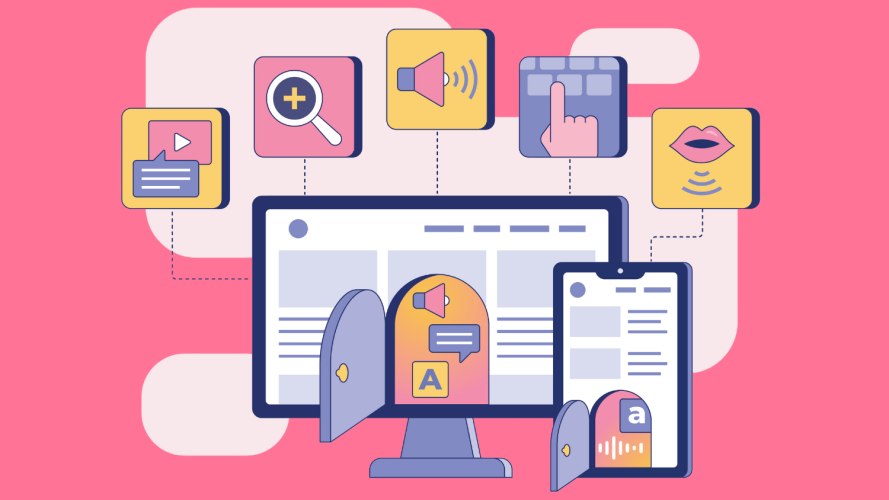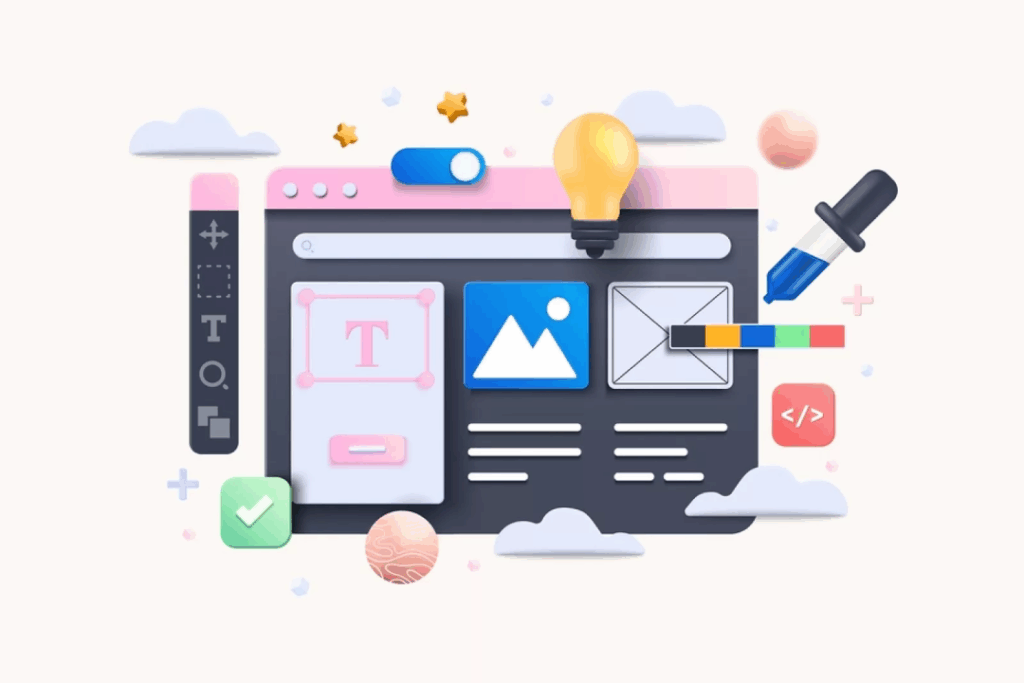At Mission Control, we develop a LOT of Apps for a LOT of different types of users. One question we are often asked is how we approach accessibility and cater to various personal and medical conditions. When we started our initial work for the NHS way back in 2016, we were asked to design a series of Apps for people suffering from different chronic and acute conditions – from HIV to Diabetes and even those working through the steps involved with cancer and acute oncology.
Regardless of condition or limitations, we believe a truly great App isn’t just about clever features or sleek visuals—it’s about people. And when we design for accessibility, we’re not just checking off a compliance requirement, we’re creating something that works for everyone, regardless of their abilities. We call this process ‘designing with empathy’ and for many of our clients – it’s the essential first step in every engagement.

And to us, it’s not really rocket science (you knew we were going to put a reference in there somewhere 😉
In fact, our process begins with the easiest step of all – listening.
Instead of making assumptions about what users with accessibility needs might want, we spend time talking to people with lived experience—those with medical, visual/auditory, motor, or cognitive challenges. They’ll help you see the friction points that aren’t obvious from a design mock-up: the button that’s too small to tap reliably, the colour contrast that’s just a shade too subtle, the navigation flow that’s overwhelming when using a screen reader.
Accessibility also means embracing simplicity. Clear layouts, intuitive navigation, and straightforward interactions aren’t just nice to have—they’re essential. For someone working with assistive technology, or processing information differently, the smallest design decision can determine whether the App feels empowering or frustrating.
Customisation is another powerful tool. By allowing users to control text size, adjust colour contrast, reduce motion effects, and tailor notifications to their needs, you move beyond one-size-fits-all design. This not only improves usability, it also gives people the independence to shape the app to their comfort and preferences.
And of course, accessibility extends to performance. Not everyone will be using the latest iPhone or Android handset, the fastest connection, or a perfect Wi-Fi signal. An inclusive App needs to run smoothly across a range of devices, work with assistive tech, and remain functional in low-connectivity environments.
Designing with empathy is about building trust and inclusion into the very fabric of the product. We believe that when you approach an App with empathy, the App stops being “just an App” and starts becoming something far more meaningful: a bridge that connects, empowers, and gives everyone an experience to remember.


